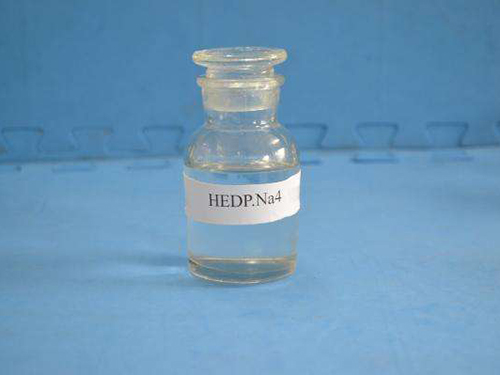Exploring the Role of Industrial Flocculants in Water Treatment Processes
Understanding Industrial Flocculants Applications and Benefits
In the realm of industrial processes, the use of flocculants has emerged as a vital component in various sectors such as wastewater treatment, mining, and paper manufacturing. These chemical agents play a crucial role in enhancing the efficiency of solid-liquid separation processes, offering numerous benefits that contribute to environmental sustainability and operational effectiveness.
What Are Flocculants?
Flocculants are typically water-soluble polymers that facilitate the aggregation of fine particles suspended in liquids, forming larger clumps, or flocs. This aggregation is essential for the efficient removal of sediments, colloidal matter, and other impurities from liquid solutions. When flocculants are added to a suspension, they interact with the particles, neutralizing their charges and promoting their collision and bonding. This process significantly enhances the sedimentation and filtration rates, making it easier to separate solids from liquids.
Applications in Various Industries
1. Wastewater Treatment One of the most common applications of industrial flocculants is in wastewater treatment facilities. Here, they are used to clarify water by removing suspended solids and pollutants. Flocculants aggregate the fine particles, allowing them to settle at the bottom for easier removal. This process not only helps in meeting environmental regulations but also aids in the recovery of valuable water resources.
2. Mining Industry Flocculants play a significant role in the mining sector, particularly in froth flotation and tailings management. In the extraction process, flocculants help to separate valuable minerals from ore by enhancing the settling of waste materials. By using flocculants in tailings ponds, mining companies can reduce the volume of wastewater and recover more water for reuse, thereby minimizing the environmental impact.
3. Paper and Pulp Manufacturing In the paper industry, flocculants are employed to enhance the retention of fines and fillers in the paper-making process. This not only improves the quality and strength of the final product but also reduces waste and enhances overall operational efficiency.
4. Food and Beverage Industry Flocculants are also used in the food and beverage industry to clarify liquids, such as fruit juices and wines. They help in removing suspended solids, resulting in a clearer and more visually appealing final product.
industrial flocculant

Benefits of Using Flocculants
The use of industrial flocculants comes with a myriad of benefits
- Improved Efficiency By enhancing the speed and efficiency of solid-liquid separation processes, flocculants significantly reduce operational costs and processing time.
- Environmental Sustainability Flocculants contribute to more effective wastewater treatment, reducing the burden on natural water bodies. This aligns with global sustainability goals and practices.
- Resource Recovery In several applications, flocculants facilitate the reuse of water and recovery of valuable materials, such as minerals in the mining sector, contributing to a circular economy.
- Versatility With different types of flocculants available, including cationic, anionic, and non-ionic varieties, industries can choose the most suitable option based on their specific needs and conditions.
Conclusion
Industrial flocculants are indispensable tools across various sectors, enabling efficient separation processes that are crucial for operational success and environmental stewardship. As industries continue to prioritize sustainability and resource efficiency, the role of flocculants is likely to grow even more significant. Understanding their function and applications not only aids in optimizing existing processes but also fosters innovations that contribute to a more sustainable industrial landscape.
-
Water Treatment with Flocculant Water TreatmentNewsJun.12,2025
-
Polymaleic AnhydrideNewsJun.12,2025
-
Polyaspartic AcidNewsJun.12,2025
-
Enhance Industrial Processes with IsothiazolinonesNewsJun.12,2025
-
Enhance Industrial Processes with PBTCA SolutionsNewsJun.12,2025
-
Dodecyldimethylbenzylammonium Chloride SolutionsNewsJun.12,2025





